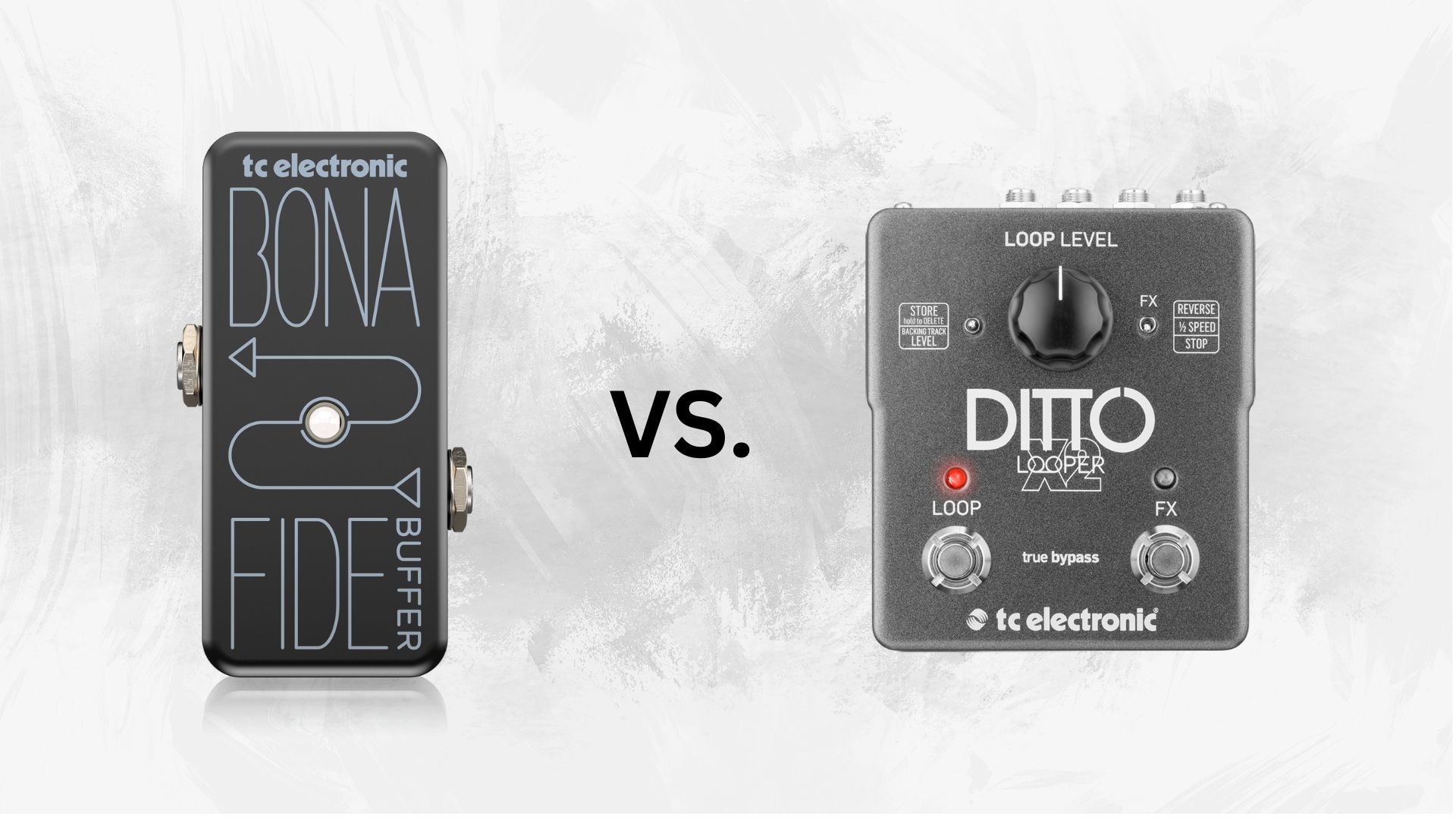
 Anthony Easton
Anthony Easton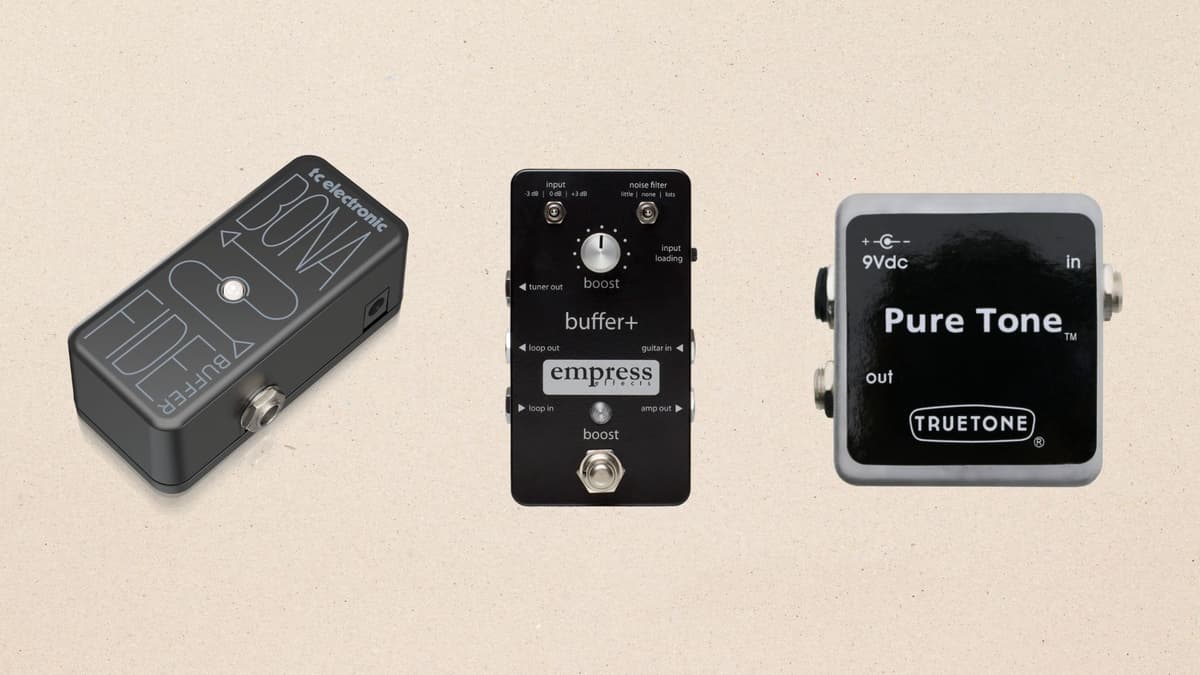
When it comes to crafting the perfect guitar tone, every detail counts. From the choice of guitar and amplifier to the selection of effects pedals, each component plays a crucial role in shaping your sound. One often-overlooked element in this chain is the buffer. So, the question arises: "Do I need a buffer on my pedalboard?" Let's dive into the details to help you decide.
A buffer is a small electronic circuit that serves a vital role in maintaining your guitar signal's integrity as it travels through your pedalboard. In essence, a buffer converts the high impedance signal from your guitar into a low impedance signal. This conversion is crucial because it prevents signal loss and preserves the tonal quality of your guitar as it passes through long cables and multiple pedals.
Signal loss, often referred to as "tone suck," occurs when your guitar signal weakens as it travels through cables and pedals. This degradation happens primarily due to capacitance in the cables and the input impedance of your pedals. The longer the cable and the more pedals you use, the more your signal is prone to losing its high-end frequencies and overall clarity.
Buffers counteract signal loss by ensuring that your guitar signal remains strong and clear throughout your signal chain. Here’s how they work:
Impedance Matching: Buffers match the impedance of your guitar with that of your pedals, ensuring a consistent signal strength.
Signal Strength Maintenance: By converting high impedance to low impedance, buffers maintain the signal strength over long cable runs.
Tone Preservation: Buffers help preserve the original tone of your guitar, preventing high-frequency loss and muddiness.
Whether or not you need a buffer depends on several factors, including the length of your cables, the number of pedals on your board, and your personal preference for tone.
Indicators You Might Need a Buffer:
Long Cable Runs: If you use cables longer than 18 feet from your guitar to your pedalboard or from your pedalboard to your amp, a buffer can help maintain your signal quality.
Multiple Pedals: Pedalboards with multiple true bypass pedals can benefit from a buffer. True bypass pedals, while great for avoiding tone coloration, can still contribute to signal loss when used in large numbers.
Loss of High-End Frequencies: If you notice a significant loss of high-end clarity or a dull sound when using your pedalboard, a buffer can help restore your tone.
When You Might Not Need a Buffer:
Short Cable Runs: If your cables are short, the signal loss might be negligible, and a buffer may not make a noticeable difference.
Buffered Pedals: Some pedals come with built-in buffers. If you already have pedals with quality buffers at the beginning and end of your signal chain, you might not need an additional buffer.
The placement of a buffer can impact its effectiveness. Here are some common recommendations:
Beginning of the Chain: Placing a buffer first in your chain (right after your guitar) helps maintain signal strength from the start.
End of the Chain: Placing a buffer at the end of your pedalboard can help preserve the signal as it exits the pedalboard and heads to the amplifier.
Both Ends: For optimal signal integrity, some guitarists use buffers at both the beginning and end of their pedalboard.
In summary, whether you need a buffer on your pedalboard depends on your setup and your tonal preferences. Buffers are essential for maintaining signal integrity in long cable runs and pedal-heavy setups, helping to preserve the clarity and high-end frequencies of your guitar tone. By understanding how buffers work and assessing your specific needs, you can make an informed decision that enhances your overall sound.
If you're experiencing tone suck or simply want to ensure the best possible signal quality, adding a buffer to your pedalboard could be a game-changer. Experiment with buffer placement to find what works best for you, and enjoy a clearer, more vibrant guitar tone.
Check out the latest news and articles from around the pedal world.

 Anthony Easton
Anthony Easton
 Anthony Easton
Anthony Easton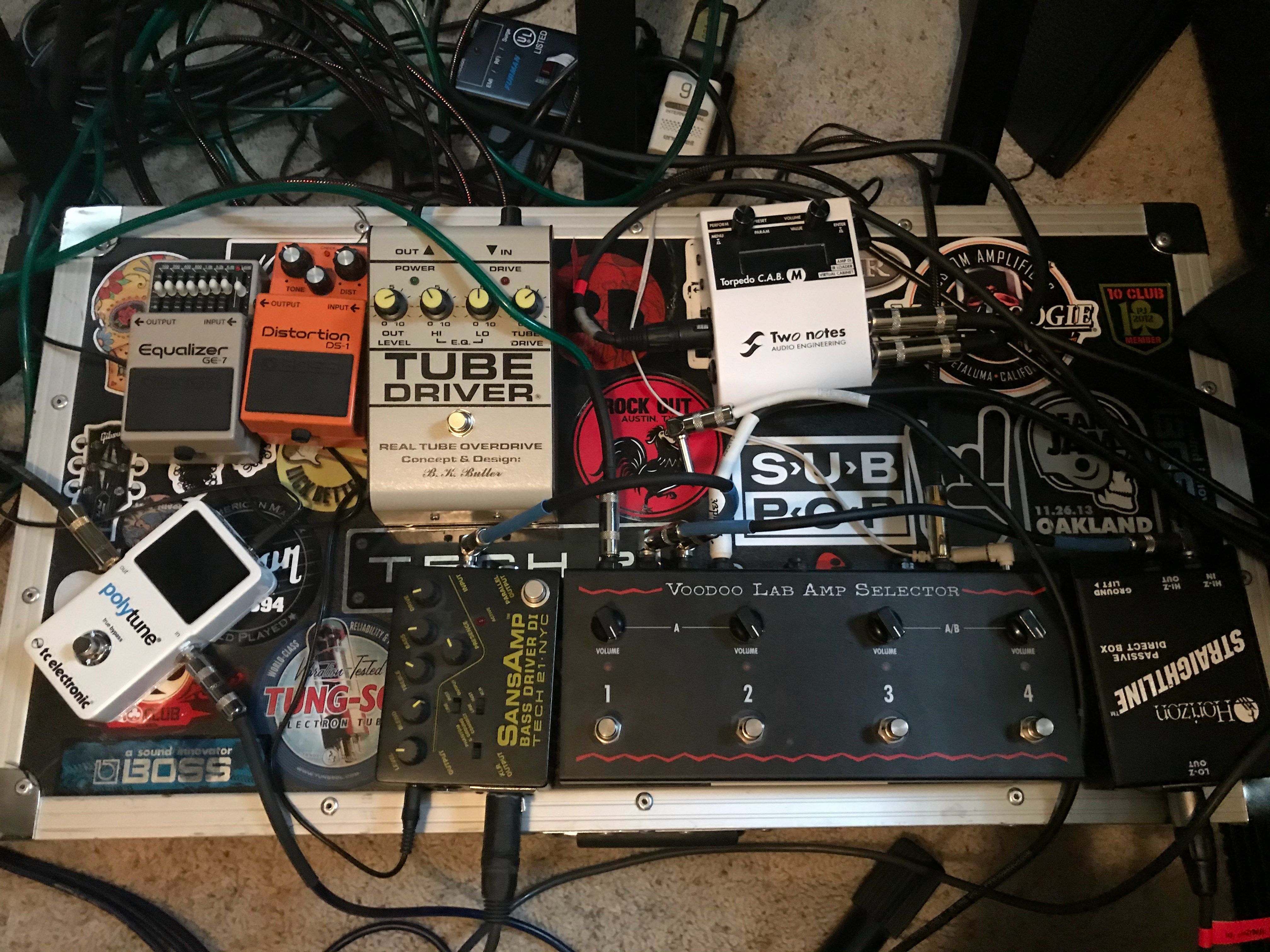
 Anthony Easton
Anthony Easton
 Anthony Easton
Anthony Easton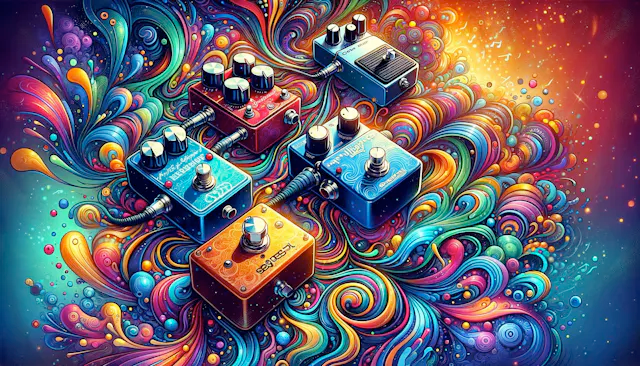
 Anthony Easton
Anthony Easton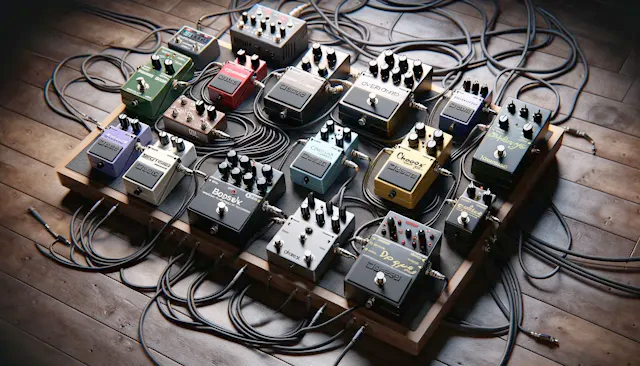
 Anthony Easton
Anthony Easton
 Anthony Easton
Anthony Easton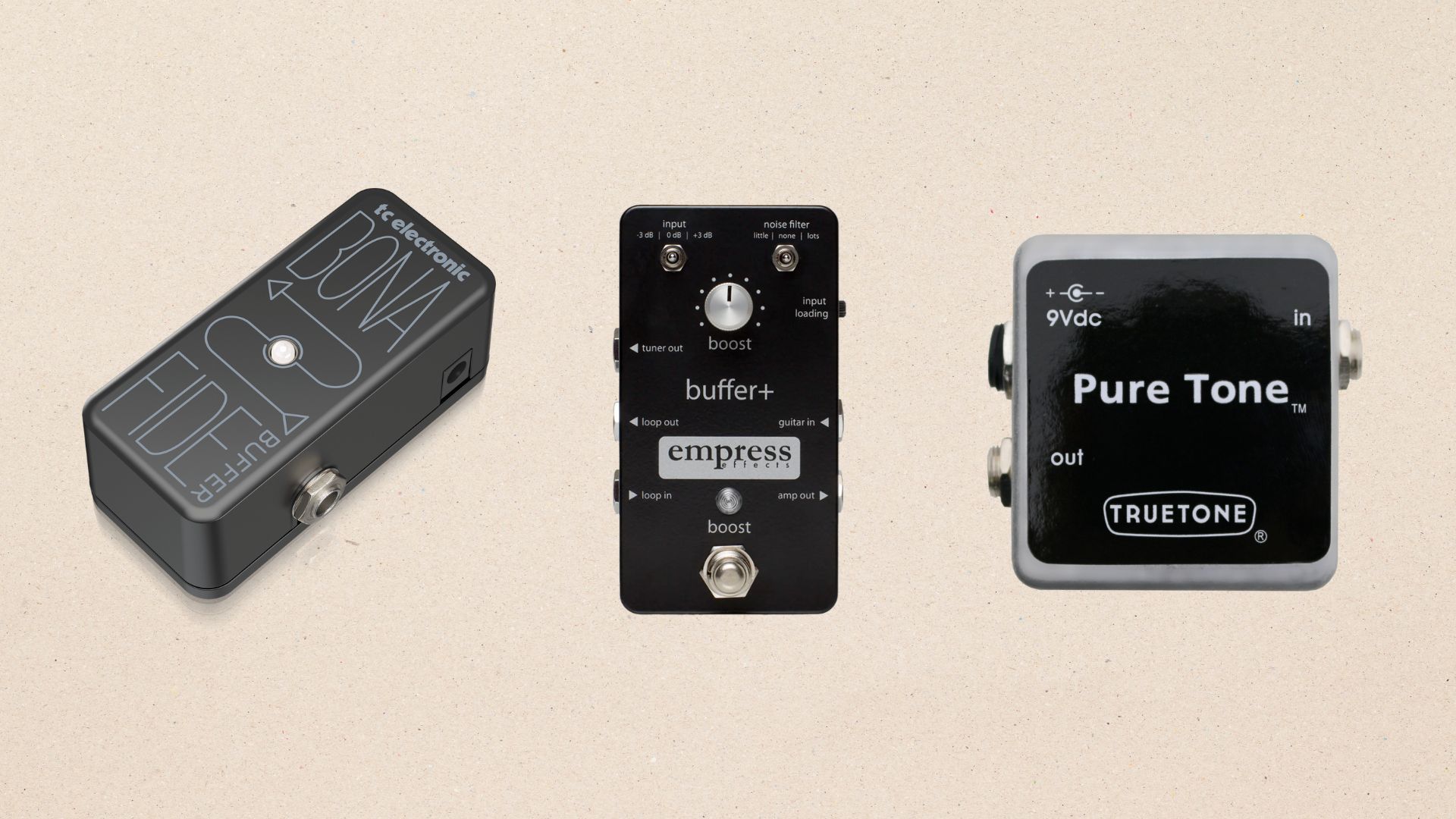
 Anthony Easton
Anthony Easton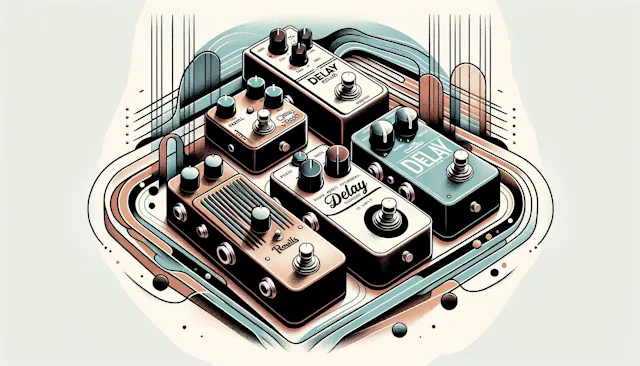
 Anthony Easton
Anthony Easton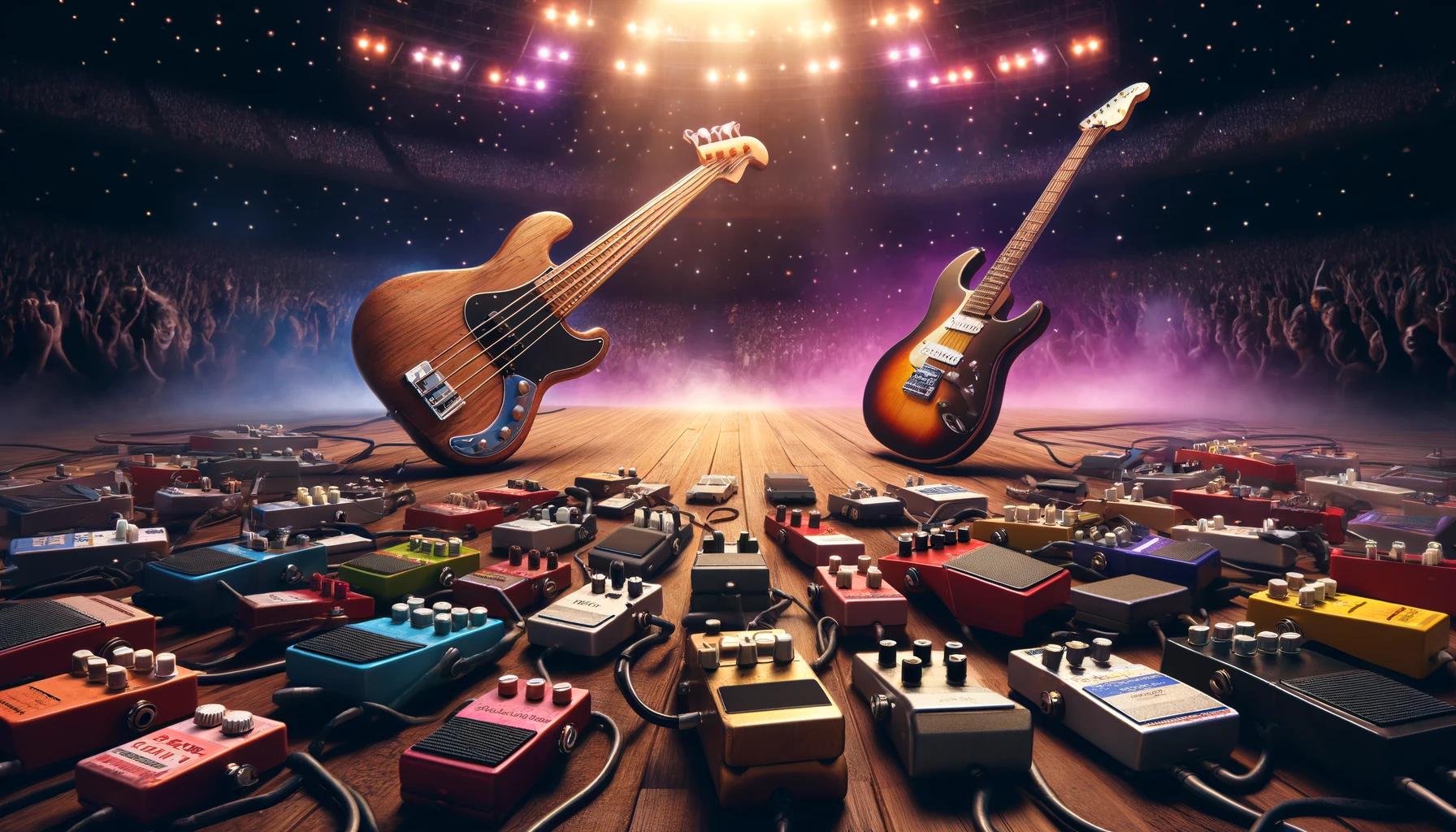
 Anthony Easton
Anthony Easton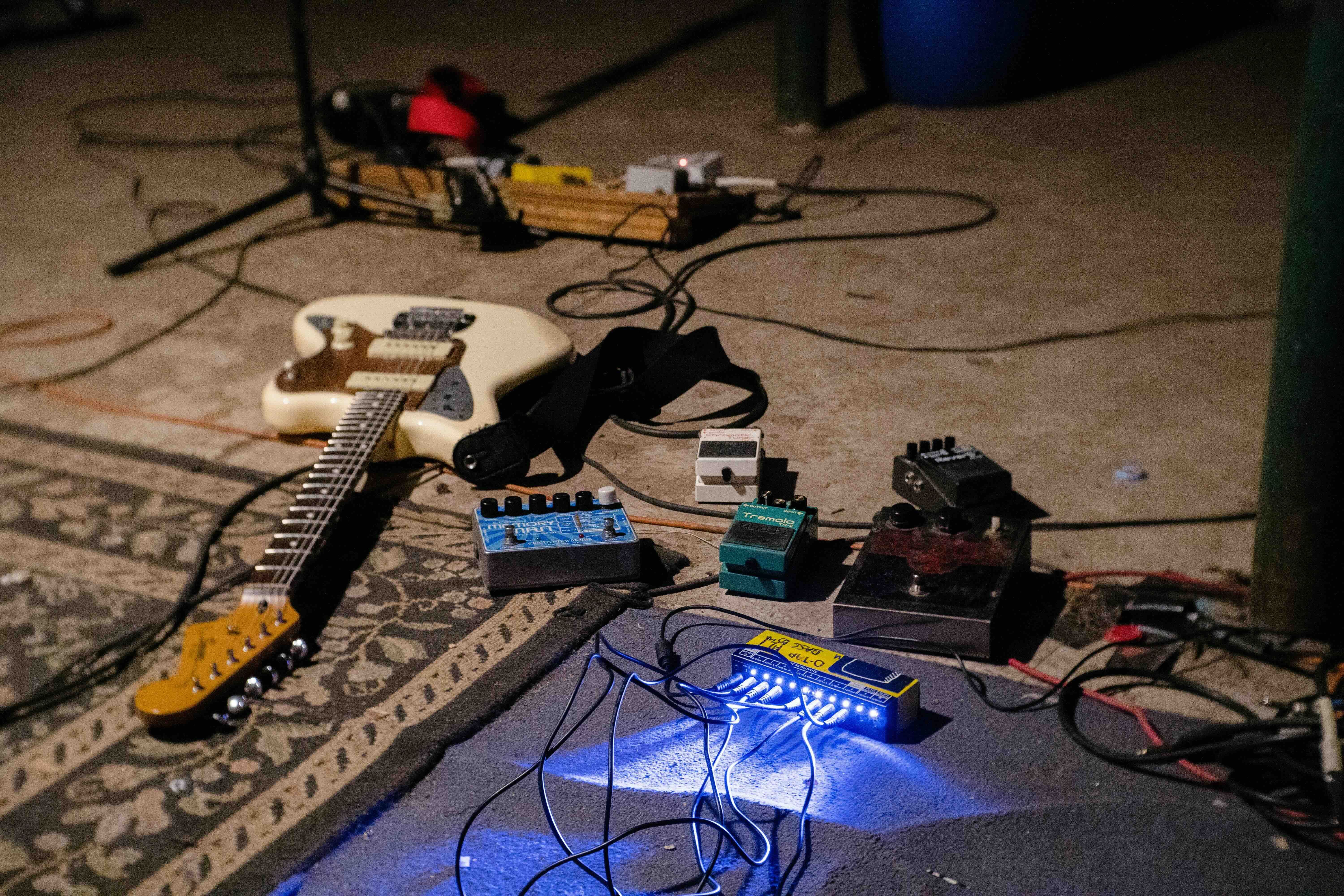
 Anthony Easton
Anthony Easton